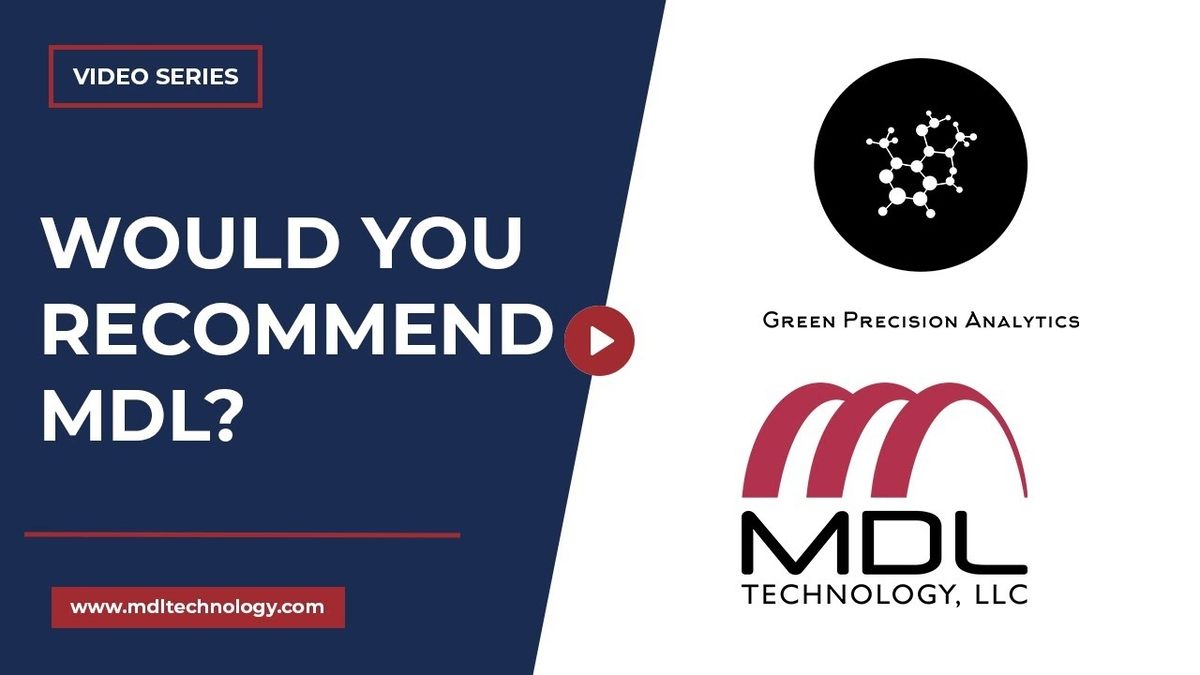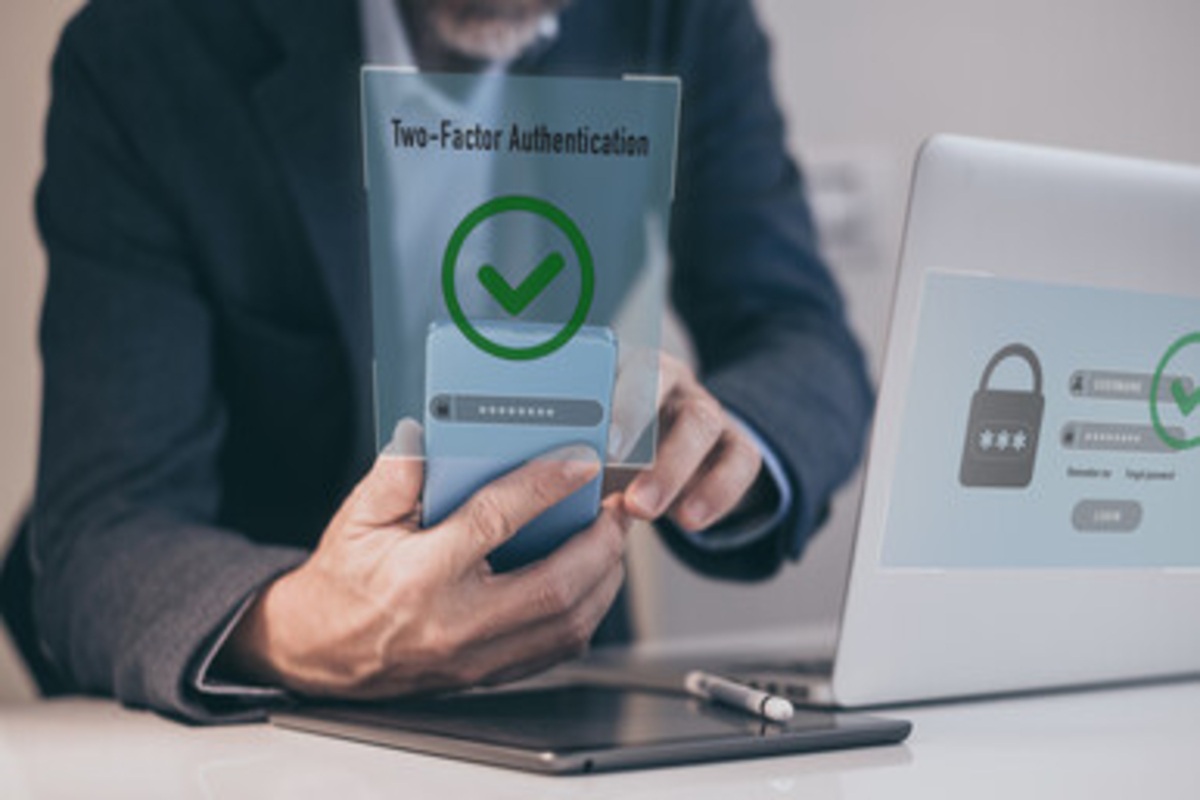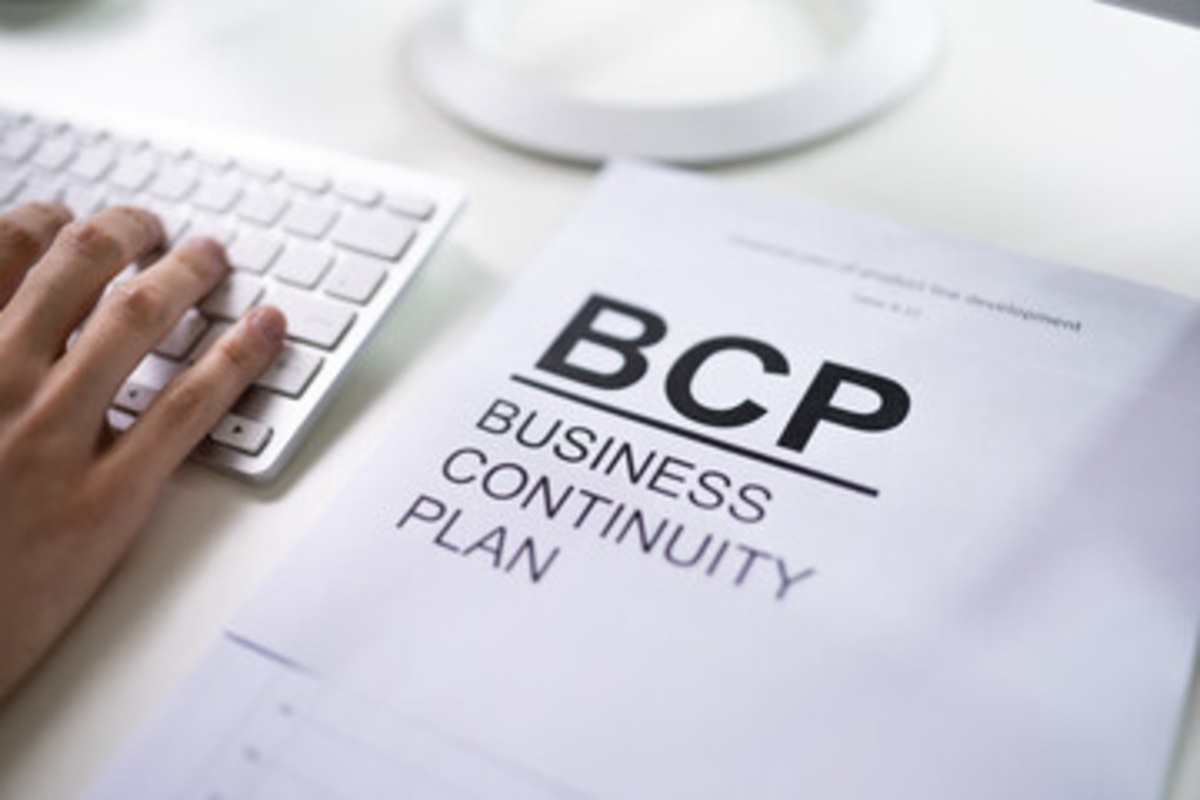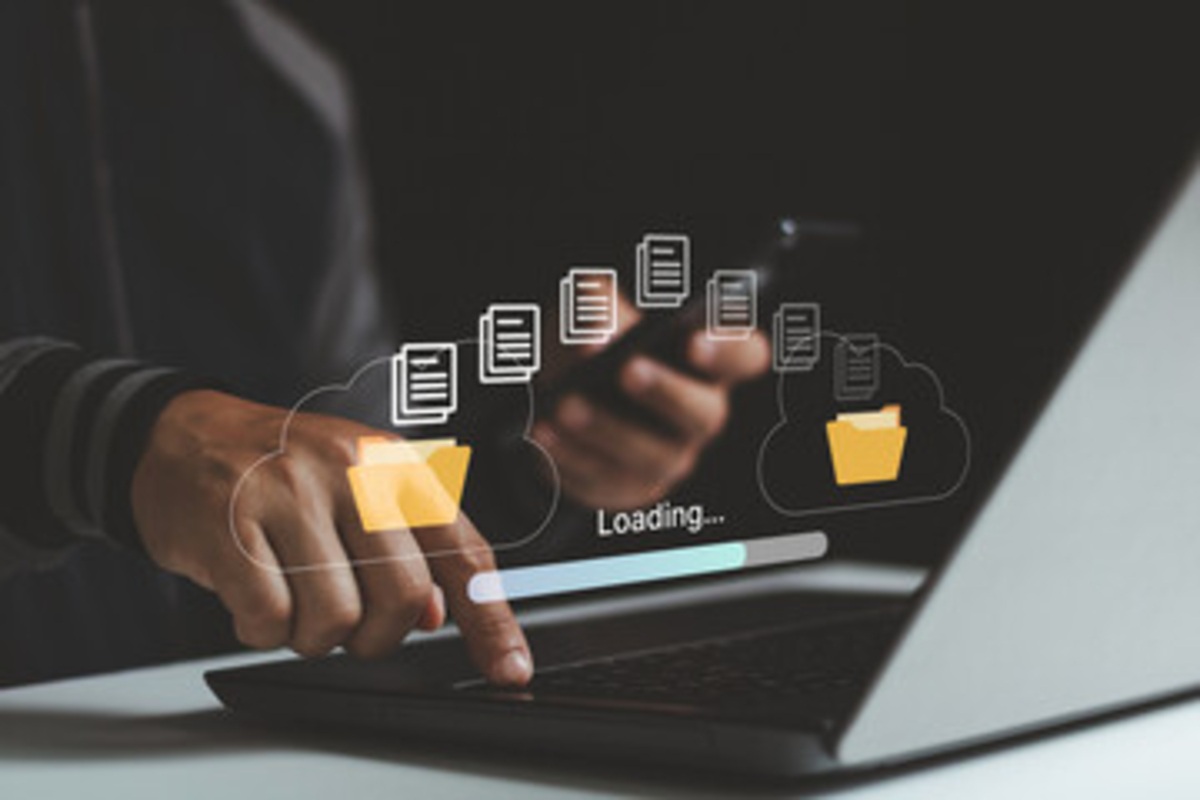If there’s one rule when it comes to the business world it’s that you can never be too prepared or too cautious. One of the most crucial parts of owning a business is knowing you and your team’s information is fully protected. The last thing you want for your employees or your clients is a data breach or cyber attack. Setting a verification requirement to gain access to cyber material, such as passwords, is a great first step in securing your data. But, remember, there are specific requirements when it comes to passwords which you can find here.
Anytime you are asked to submit a password in order to gain access to material — even with a two-factor authentication system that requires a second step (like a passcode or email link) to gain access — you are only asked at the initial login. It will not confirm your identity at any other time during the duration of your time on the device or its programs. While this may keep initial intruders out, it’s not enough to protect your company against continuous threats or unexpected pop-up threats.
Preparing your business for these unpredictable threats with continuous authentication (CA) can put a stop to them before they happen. In fact, it can automatically protect your data throughout the whole time you are accessing it without you even having to lift a finger. Keep reading to learn why these types of managed services are necessary when protecting your company’s vulnerable data.
What is Continuous Authentication?
Before detailing just how it works and how it compares to other technological countermeasures, what exactly is continuous authentication? According to InfoSecurity, continuous authentication is a form of granting access to cyber material after the initial login and throughout the duration of the session. In other words, continuous authentication constantly collects information about your actions and regular patterns of behavior, teaching it to distinguish between normal and abnormal behaviors based on that collected data.
When the continuous authentication service notices “bad” behavior or behavior that is out of the norm, it will immediately shut down access, forcing the initial log-in to once again take place. Possible methods that may trigger this protection response are keystroke differences, fingerprint touch, pressure allied to touch or even facial features when dealing with programs that require facial recognition.
Oftentimes, continuous authentication will give “authentication scores” to determine certainty as to who is operating the device. Depending on the score, the user may have to log in over again or apply some other sort of verification to prove their identity. This is so the CA system does not kick you out completely at a random and inconvenient time.
What are the Different Types of Continuous Authentication?
There are a few different types of continuous authentication out there that are very useful. An ideal CA mechanism would use a combination of several schemes in order to provide the best possible outcome and the highest level of overall security for the user. It should also be running at all times with no user input — basically, the user should not have to worry about doing a single thing as it should be running in the background unnoticed. Here are the examples of continuous authentication mechanisms detailed by InfoSecurity:
- Presence-Based Authentication: This type of authentication is where the device or computer is constantly scanning for the key’s (smartphone or token) signal to continue verifying the presence of the user. When the signal is demolished or missing, the machine will lock presenting an unauthorized activity or access.
- Biometric Authentication: This mechanism uses facial recognition to ensure that the user is present, and locks the session when the user’s face leaves the vicinity. Modern image and video-matching algorithms allow for this with top-tier accuracy. Where it may not be practical in some workplaces, (hospitals with facemasks, etc), voice recognition is also a method that can be set in place instead, offering near-perfect accuracy as long as external noises are eliminated.
- Behavior/ Activity-Based Authentication: This type of mechanism helps detect non-conformal uses of the computer that do not match normal patterns such as typing, mouse movement or other website activity. Like handwriting patterns, everyone has their own unique computer and technology pattern — almost like a technological fingerprint. This mechanism keeps track of typing dynamics, mouse movements or even speed patterns to differentiate a threat to the owner. When patterns do not match the collected data, the system will require authentication like a code or password or will revoke access altogether.
So, Why is Continuous Authentication Important?
Continuous authentication is important to protect your private information. When you’re running a business, the last thing you want to happen is for personal information, private strategies or other company concepts to be out there in the world for any eyes to see. What if your business was a hospital where private patient files are online? Or a law firm where client cases are stored via the cloud? Or even a small business where plans of patents are being filed? All are scenarios in which a data breach or technological break-in could be detrimental to the success of your business and could ruin relationships with your clients or partners.
One-step authentication, like password locks, only reviews someone at the initial log in. While that stops invaders and threats, it does not stop unusual and suspicious activities that go on once inside — almost like the front gate of a neighborhood. These first-step programs are not robust enough to adapt to ever-changing cyber environments such as multiple devices, shared accounts, multi-terminal access, constant document creation, etc. Instead of relying on the pure trust of others, continuous authentication focuses on direct cybersecurity and technological background checking. Overall, this creates less stress on admins and users and shifts the focus back to the business work at hand.
Many businesses have already progressed beyond using a simple password-based authentication method and have welcomed in some sort of continuous authentication. It intensifies client experience, confirms data security, relieves admin stress and even improves overall technological projects and communication. With technological threats being completely unavoidable in this world today, protecting your business should be one of, if not the first, factors to consider and master. Discovering which type of authentication works for your business is a discussion within itself, and should be carefully considered. Because it offers so many positive outcomes and precautions, it’s important to consider more than one type for your business. Moreover, continuous authentication is, by all means, the right choice for your company regardless.
The Cloud
With more and more businesses storing their data in the cloud, company owners don’t realize that these data systems require continuous authentication. The cloud provides employees the ability to work where they are. The downfall of having the ability to work from home is that data becomes even more vulnerable to ransomware or other potentially damaging cyber hacks. Implementing continuous updates is necessary to protect systems against any illicit cyber activity.
Unfortunately, it’s predicted that 99% of cloud security failures will be the customer’s fault, according to a CSO article. So how does this affect your data? If a customer’s data is breached, this leaves full access to your company’s data unless it is fully secure. Remember that your CSP is responsible for the security of the cloud, such as physical facilities, utilities, cables, hardware and more.
The cloud is a great resource when it comes to the hybrid work model popular with multiple companies right now. One major benefit is that the cloud is highly scalable, meaning it’s able to quickly add resources and new technology for upcoming and current projects. Its availability and reliability help redundant systems be mirrored over multiple geographic locations. But, it’s also only reliable as long as it’s secure.
Let MDL Help Protect Your Business
Cyber hacks can happen to any business no matter the size. Based on the increased amount of data breaches over the past year due to remote work, you should consider putting protections in place to prevent your business from falling victim to data loss or manipulation from an attack. MDL offers 24/7 network monitoring services targeted to help protect your business from data breach threats.
At MDL, we make it a priority to implement the best practices for your business when it comes to cybersecurity. Our services help train your employees to spot warning signs of cyber threats and add an extra level of protection by backing up data externally. In the event that your data is lost, stolen or manipulated, it will always be secure with MDL. Don’t let your business be a victim of a cyberattack and get protected with MDL Technology today.







